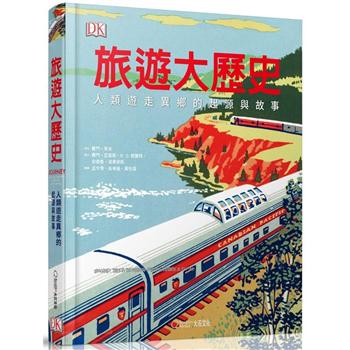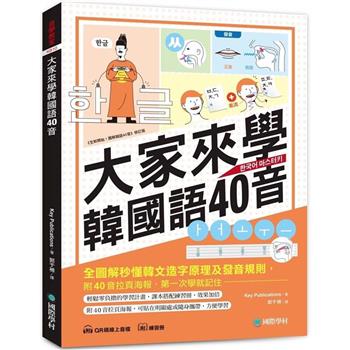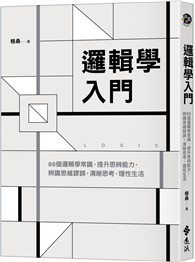Around the turn of the twentieth century, the formation of the U.S.-Mexico border through the rise of capitalism brought new forms of violence, this time codified in law, land surveys, and capitalist land and resource regimes--the markers of modernity and progress that were the hallmarks of Gilded Age America and Porfirian Mexico. Military units, settlers, and boosters dispossessed Southern Apache peoples of their homelands and attempted to erase the histories of Mexican colonists in the Lower Mimbres Valley region. As a result, people of multiple racial and national identities came together to forge new border communities.
In Raid and Reconciliation Brandon Morgan examines the story of Pancho Villa’s 1916 raid on Columbus, New Mexico--an event that has been referenced in various histories of the border and the Mexican Revolution but not contextualized on its own--and shows that violence was integral to the modern capitalist development that shaped the border. Raid and Reconciliation provides new insights into the Mexican Revolution and sheds light on the connections between violence and modernization. Lessons from this border story resonate in today’s debates over migration, race, and what it means to be an American.| FindBook |
有 1 項符合
Raid and Reconciliation: Pancho Villa, Modernization, and Violence in the U.S.-Mexico Borderlands的圖書 |
 |
Raid and Reconciliation: Pancho Villa, Modernization, and Violence in the U.S.-Mexico Borderlands 作者:Morgan 出版社:University of Nebraska Press 出版日期:2024-08-01 語言:英文 規格:精裝 / 292頁 / 22.86 x 15.24 cm / 普通級/ 初版 |
| 圖書館借閱 |
| 國家圖書館 | 全國圖書書目資訊網 | 國立公共資訊圖書館 | 電子書服務平台 | MetaCat 跨館整合查詢 |
| 臺北市立圖書館 | 新北市立圖書館 | 基隆市公共圖書館 | 桃園市立圖書館 | 新竹縣公共圖書館 |
| 苗栗縣立圖書館 | 臺中市立圖書館 | 彰化縣公共圖書館 | 南投縣文化局 | 雲林縣公共圖書館 |
| 嘉義縣圖書館 | 臺南市立圖書館 | 高雄市立圖書館 | 屏東縣公共圖書館 | 宜蘭縣公共圖書館 |
| 花蓮縣文化局 | 臺東縣文化處 |
|
|
圖書介紹 - 資料來源:博客來 評分:
圖書名稱:Raid and Reconciliation: Pancho Villa, Modernization, and Violence in the U.S.-Mexico Borderlands
|










